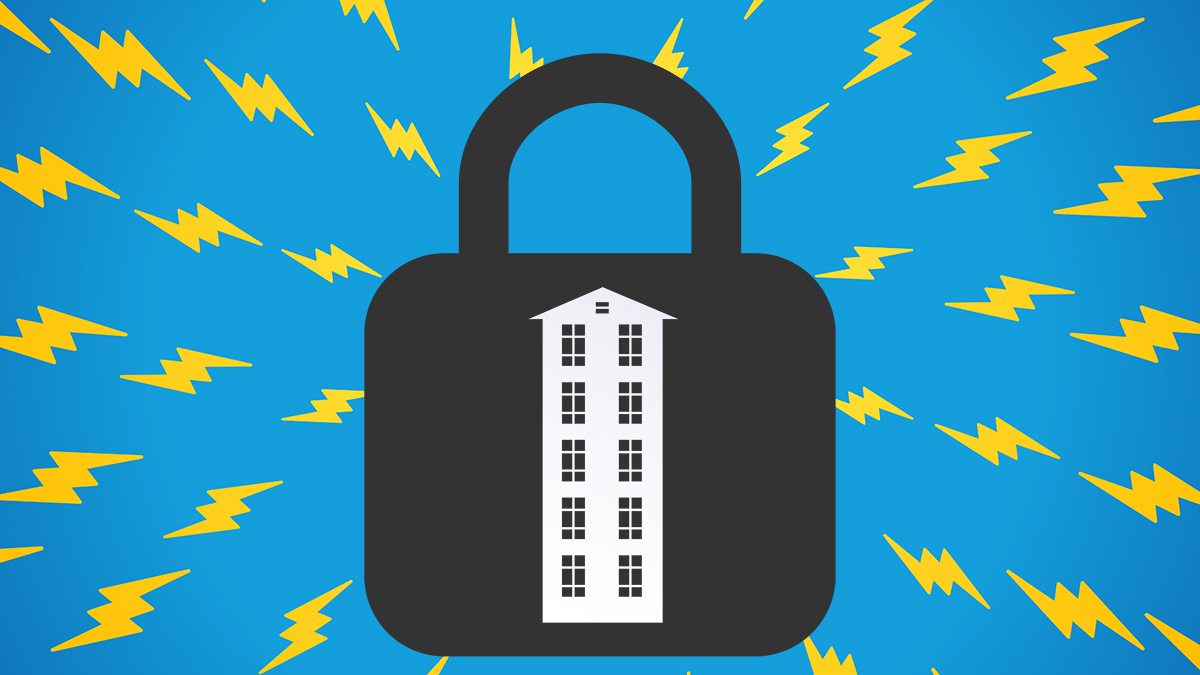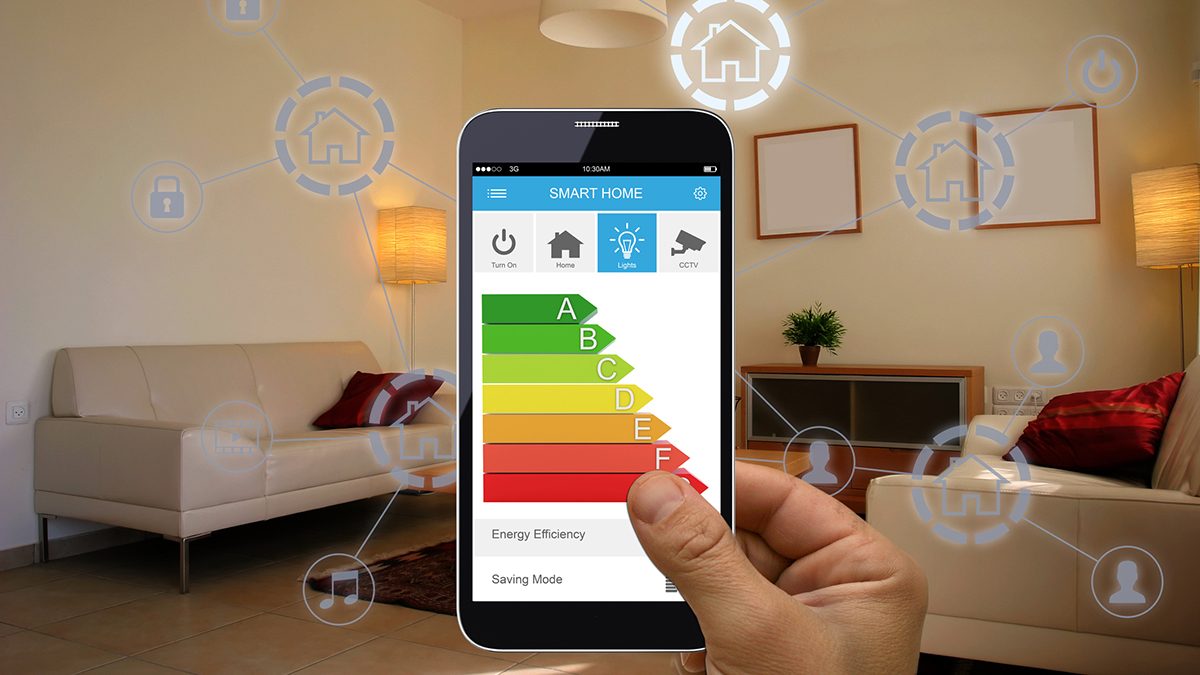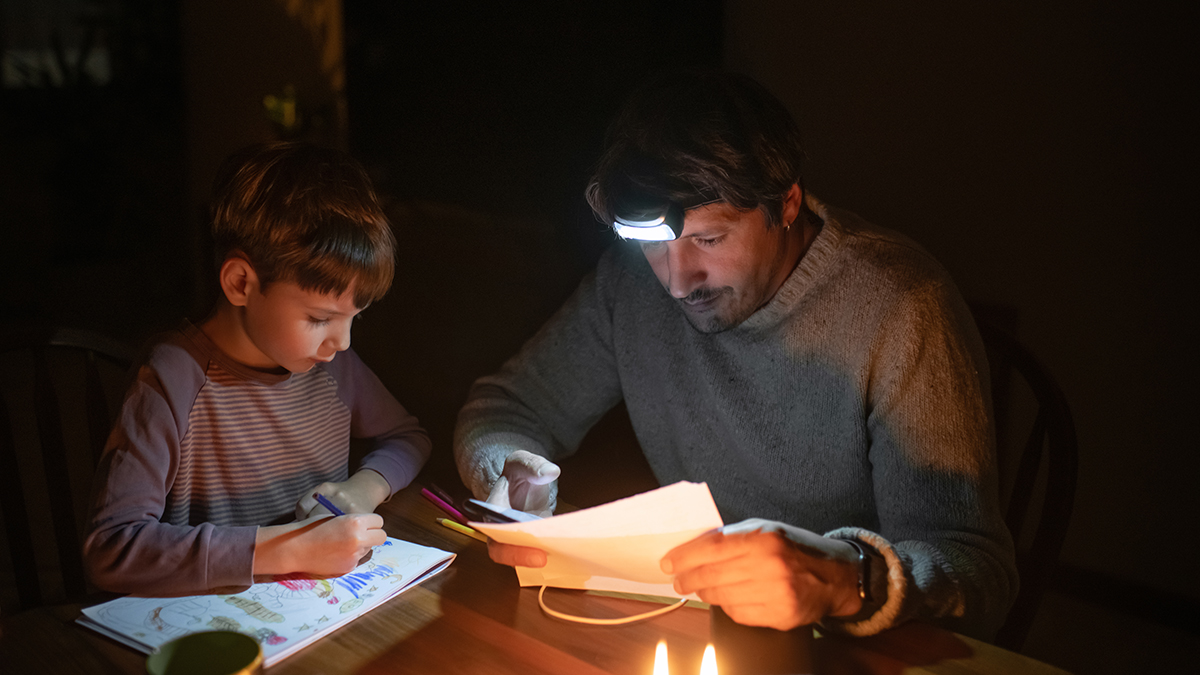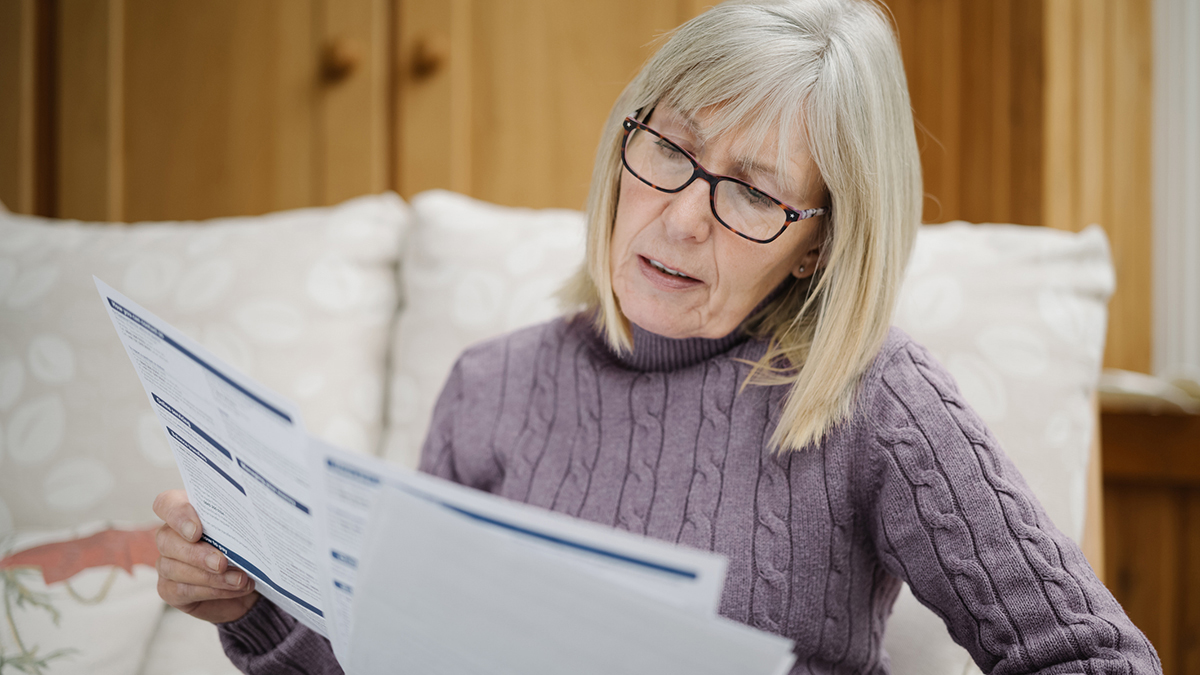Get our independent lab tests, expert reviews and honest advice.
Embedded networks trapping customers with expensive electricity

Need to know
- Hundreds of thousands of people in apartment buildings around Australia don't get to choose their energy provider, with real ramifications
- Victoria recently announced they are banning embedded networks
- There are calls for other states to follow suit
Living on the disability support pension in a one-bedroom Melbourne apartment, Clare* does everything she can to keep her energy bills down.
“I very rarely use heating, I rarely use the dryer, I do everything I can to lower my energy costs and my costs are still out of control,” she says.
Clare isn’t happy with her electricity provider. Using a Victorian government energy comparison website, she reckons she could save around $300 a year by switching.
There’s just one problem: unlike most Australians, who can simply shop around if they’re unhappy, Clare lives in a building that has an embedded network.
What is an embedded network?
The management of an apartment building (or other multi-resident property such as a retirement village or caravan park) buys electricity at bulk from a provider and then on-sells to each dwelling. The whole property is serviced by the same electricity provider, and individual residents have no control over who that is, and no option to change providers.
“You do everything you can to live comfortably on a very small income,” says Clare. “I can decide not to go out, I decide to not buy new clothes, but I don’t want anyone to be deciding not to turn on the heater because it’s too expensive, or to not turn on the electric blanket in winter.”
“That’s what annoys me about embedded networks, it’s pushing people to make these choices about comfort and safety.”
Half a million people stuck
The Australian Energy Market Commission estimates that over half a million Australians live in residences with an embedded network.
The rules surrounding embedded networks differ state to state, and in some jurisdictions such as Victoria the government recently announced they were banning them.
Along with a lack of options, customers in embedded networks also face diminished consumer protections and rights to complain when things go wrong.
Trapped with higher bills and no green options
When Jodie Miners bought an apartment unit in the western suburbs of Melbourne in February 2022, she had no idea what an embedded network even was. She says if she knew the headache she was getting into, it would have made her think twice about buying the place.
“The customer service team for embedded network customers is a completely separate part of the provider [Origin]. They know you can’t switch, they know you can’t do anything,” she says.
It’s really frustrating and anti-competitive
Briony, a resident stuck in an embedded network
Miners says her bill has almost doubled since moving into the embedded network and she feels like she’s lost her capacity to make a difference to the environment.
Briony Doyle, who lives in an apartment in the Sydney suburb of Lewisham, feels similarly frustrated that she can’t choose a green energy provider. Her supplier, also Origin, told her they couldn’t give her a green energy option at her property.
“It’s really frustrating and anti-competitive and I felt really disappointed to not be given a green energy option,” she says.
Embedded networks are an ‘effective monopoly’
Luke Lovell, senior policy officer at the Consumer Action Law Centre (Consumer Action), says that despite changes in 2017 to allow customers in embedded networks to complain to the state energy ombudsman, consumer protections remain weaker than for customers on the general network.
“People live with an effective monopoly, there is overcharging and consumers don’t have protections,” he tells CHOICE.
Victoria’s acting Energy and Water Ombudsman (EWOV) James Lawson says that in situations when people do complain about high bills, the way that embedded network meters are set up limits the Ombudsman’s ability to investigate the cause.
And embedded network customers miss out in other ways too.
“The main differences in consumer protections that we see between an embedded network and non-embedded network customer relate to those in place to support customers experiencing financial difficulty. Through complaint-handling at EWOV, we see similar affordability issues raised, however access to protections such as concessions which can help customers manage their costs are limited,” says Lawson.
Victoria’s ‘default offer’ a good example for other states
Another change brought in by the Victorian government in 2020 meant the Victorian default offer on energy became a price cap, limiting how much embedded network providers can slug consumers in that state.
The Ombudsman in New South Wales says similar reforms are needed to ensure NSW customers are protected.
“Customers in embedded networks miss out on crucial consumer protections that other energy customers benefit from, including rebates and concessions. As the number of apartment developments increases, so does the number of embedded networks, meaning the number of customers in NSW who have unequal consumer protections is growing,” the Ombudsman says in a statement.
“Energy prices are rising for all customers in NSW, but customers within embedded networks are particularly exposed due to the lack of retailer choice. What’s more, many aren’t protected by the Default Market Offer (DMO), which does not apply to customers of authorised retailers living within embedded networks.”
Reform may be coming
NSW Parliament is currently holding an inquiry into embedded networks, while the Victorian Government recently announced they were effectively banning embedded networks altogether (there is a limited exemption for buildings that run off 100% renewable energy to the benefit of residents).
Those already living in embedded networks will get relief too, as the government looks to transition existing networks back onto the regular grid over a period of years.
Victoria’s Minister for Energy Lily D’Ambrosio responded to an expert panel report on embedded networks in July, saying: “We’re banning embedded networks because all Victorians deserve to get the same competitive energy deals and have the same protections, driving down the cost of living when people need it most.”
I hope we’ve learnt our lesson – that we should no longer allow specific exemptions from consumer protections
Gerard Brody, Consumer Action Law Centre
Gerard Brody, CEO of Consumer Action, says the move was a positive step for thousands of Victorians.
“The fact is the exemption from licensing for embedded networks should never have been allowed in the first place as it enabled an unfair business model that removed choice and important consumer protections. I hope we’ve learnt our lesson – that we should no longer allow specific exemptions from consumer protections,” he says.
For customers like Jodie Miners, the day her energy is transitioned to the regular grid can’t come soon enough.
“It’s a great idea to ban embedded networks, there’s no need for them and they aren’t benefiting the consumers,” she says.
*Not her real name





